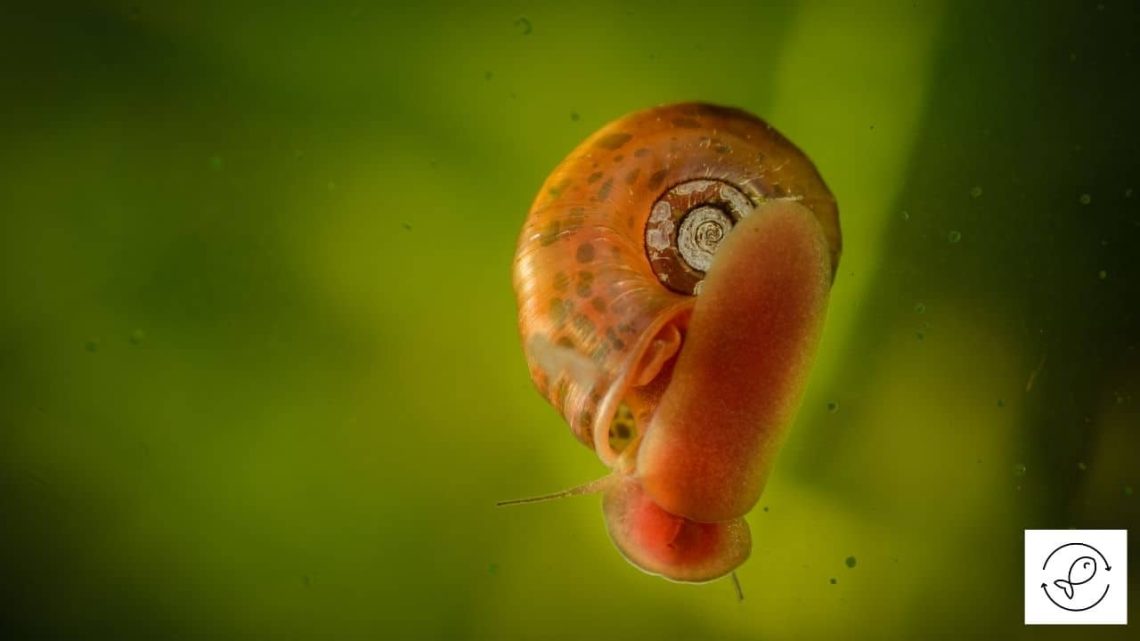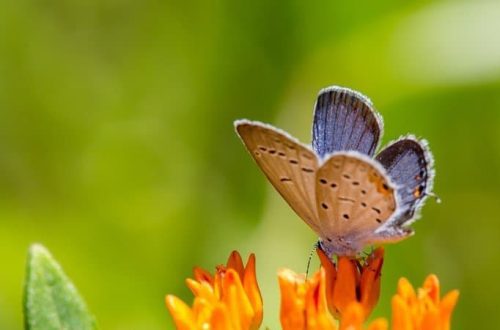
Ki jan kalmason akwaryòm kwaze: metòd, kondisyon, sa yo ka manje ak konbyen tan yo ka viv
Snails in an aquarium are quite common. For many species of snails, such habitat conditions are quite suitable. They do not always fall into the home pond at the request of the aquarist. It is possible, quite by accident, along with the purchased soil or algae, to settle a gastropod mollusk in your aquarium.
Aquarium snails maintain biological balance, eat leftover food and algae. It is permissible to breed mollusks in all domestic water bodies, with the exception of spawning ones, as they eat and spoil caviar.
Types of aquarium snails and their reproduction
Experts recommend placing snails in a new aquarium before settling it with fish. They explain this by the fact that for the introduction of fish certain chemical reactions are required, which are not yet in the new water. Therefore, there is a possibility of a decrease in the life cycle of other inhabitants of the aquarium.
Not all snails can be settled in the aquarium. Shellfish from natural reservoirs can bring an infection that can kill fish and plants.
anpoul
This is the most common type of snail commonly kept in domestic waters. They are quite unpretentious. They can breathe not only oxygen dissolved in water, but also atmospheric. Long time this shellfish can live out of water, since in addition to the gills it also has lungs.
The shell of Ampulyaria is usually light brown, with darker wide stripes. She has tentacles that are organs of touch and a very long breathing tube.
Kondisyon detansyon:
- one snail requires ten liters of water;
- the aquarium should have soft soil and hard leaves of plants;
- it is necessary to change the water regularly;
- it is desirable to keep mollusks with small fish or catfish. Large labyrinths and carnivores fish can harm snails or even completely exterminate them;
- snails love heat, so the optimum temperature for them will be from twenty-two to thirty degrees;
- the lid of the reservoir in which these types of molluscs are located should be kept closed.
Reproduction of ampoule
Ampoules are dioecious aquarium mollusks that reproduce by laying eggs on land. This process requires the presence of a female and a male. The female makes the first laying at the age of one year.
After fertilization, the female looks for a suitable place and lays eggs in the dark. The masonry formed by the female has a soft texture at first. Approximately one day after attachment, the masonry becomes solid. The eggs are usually two millimeters in diameter and light pink in color.
By the end of the maturation of small snails inside the eggs, the clutch becomes almost black. The higher above the water level the female has formed a clutch of eggs, the earlier the mollusks hatch. This happens on the 12-24th day.
Conditions for a successful hatch:
- nòmal imidite lè a;
- the temperature is not too high. From excessive heating, the masonry can dry out, and the embryos will die. Therefore, it is necessary to ensure that the lighting lamps do not heat up the aquarium too much;
- do not add water to the place where the masonry is attached. Water can wash away the top layer of eggs and kill snails.
Under all conditions, small Ampoules hatch on their own. They make an exit in the shell and fall into the water.
It is better to grow young snails in small volumes of water, separately from adults. They should be fed with finely chopped plants (duckweed) and cyclops.
If the conditions in the aquarium are favorable for snails, then after a while the female can make another clutchbut with fewer eggs. This process can continue throughout the year.
Melania
This is a small mollusk that lives in the ground. It is dark gray in color and about four centimeters long.
Melania live in the ground, crawling out only at night. Therefore, they are almost invisible. Snail cleans the aquarium well, feeding on bacterial fouling and organic residues.
Kondisyon detansyon:
- the soil in the aquarium should not be very dense so that the snails can breathe;
- weaving of plant roots and large stones will prevent the movement of mollusks;
- the grain size of the soil should be from three to four millimeters. In it, the snails will move freely.
Repwodiksyon
These are viviparous snails that breed rapidly in good conditions. They are only afraid of water, which is below eighteen degrees. Snails of this species can reproduce parthenogenetically. This means that the female can give birth without any fertilization. An interesting fact is that each individual can become a female.
A few months after their settlement in the aquarium, they can breed so much that they cannot be counted. Melaniam there will not be enough food in the ground and they will crawl out onto the glass even during the day, in search of food. Extra snails should be caught, doing it in the evening or at night.
Young Melania grow slowly, adding no more than six millimeters per month.
Helena
These are predatory snails that kill and eat other mollusks. Their shells are usually brightly colored, so they attract attention and decorate ponds.
Helena’s fish are not touched, as they cannot catch up with them. Therefore, mollusks of this species can be kept in aquariums. And since they are well controlled small mollusks and are very decorative, they are loved by aquarists.
Kondisyon detansyon:
- a twenty-liter aquarium is quite suitable for keeping Helen;
- the bottom of the reservoir should be covered with a sandy substrate. Snails love to burrow into it.
Repwodiksyon
Helen requires a male and a female to reproduce. In order to have representatives of each sex in the aquarium, it is recommended to keep them in large quantities.
Breeding them is easy enough. However they lay few eggs, and even that can be eaten by other inhabitants of the reservoir. At a time, the female lays only one or two eggs on stones, hard substrate or decorative elements, which are one millimeter long.
How long the development of eggs will last depends on the temperature. This process can take from 20-28 days. Babies, after hatching, immediately burrow into the sand. If there is enough food in the soil, then little Helens can live in it for several months.
What do snails eat?
Adult snails are omnivores. They must have enough food, otherwise they will nibble on algae, especially those that float on the surface. You can use the omnivorous nature of the snail and place it in an aquarium overgrown with algae.
Ampulyaria should be fed with scalded lettuce leaves, slices of fresh cucumber, bread crumbs, scalded semolina, scraped meat.
Melania snails do not require additional food, being content with what they find in the ground.
Helena snails feed mainly on live food, which includes small molluscs (Melania, coils and others). This type of snail is completely indifferent to plants.
In the absence of other mollusks in the reservoir, Melania can eat protein food for fish: bloodworm, seafood or frozen live food (daphnia or brine shrimp).
Unfortunately, snails do not live long in captivity. They can live from 1-4 years. In warm water (28–30 degrees), their life processes can proceed at an accelerated pace. Therefore, in order to prolong the life of mollusks, you should maintain the water temperature in the aquarium from 18–27 degrees, as well as observe other conditions for their maintenance.





